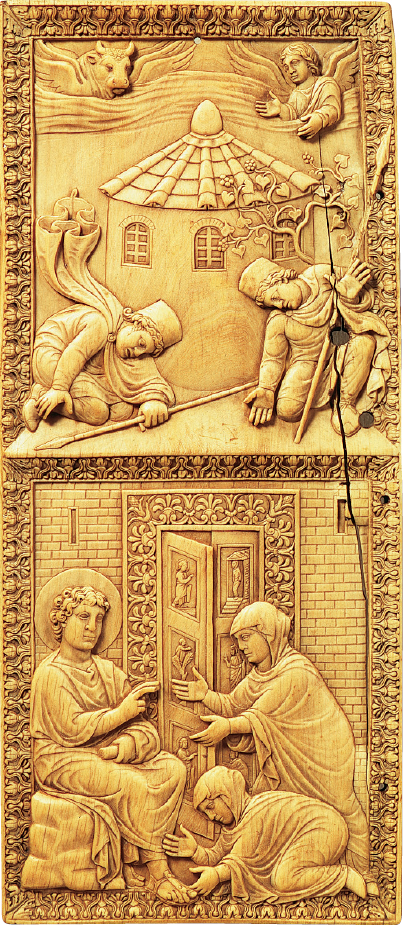Understanding Western Society
Printed Page 186
Christian Notions of Gender and Sexuality

Early Christians both adopted and adapted the then-
Not all Christian teachings about gender were radical, however. In the first century C.E., male church leaders began to place restrictions on female believers. Women were forbidden to preach and were gradually excluded from holding official positions in Christianity other than in women’s monasteries. Both Jewish and classical Mediterranean culture viewed women’s subordination as natural and proper; thus, in limiting the activities of female believers, the Christian Church was following well-
Christian teachings about sexuality built on and challenged classical models. The rejection of sexual activity involved an affirmation of the importance of a spiritual life, but it also incorporated the hostility toward the body found in some Hellenistic philosophies and some of the other religions that had spread in the Roman Empire in this era. Christian teachings affirmed that God had created the material world and sanctioned marriage, but most Christian thinkers also taught that celibacy was the better life and that anything that took one’s attention from the spiritual world performed an evil function. For most clerical writers (who themselves were male), this temptation came from women, and in some of their writings women themselves are depicted as evil, the “devil’s gateway.” Thus, the writings of many church fathers contain a strong streak of misogyny (hatred of women), which was passed down to later Christian thinkers.